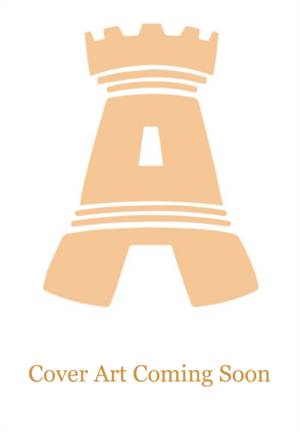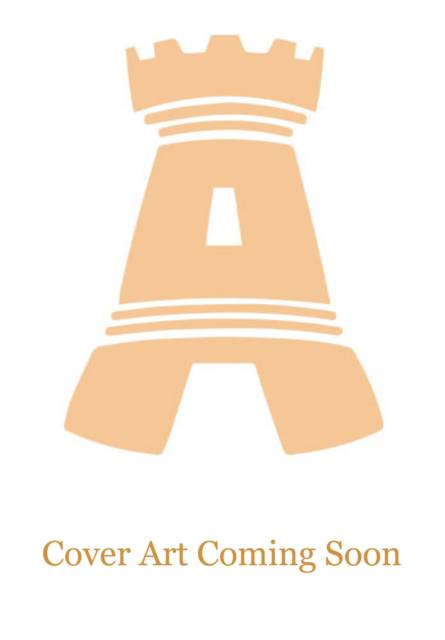
- Retrait gratuit dans votre magasin Club
- 7.000.000 titres dans notre catalogue
- Payer en toute sécurité
- Toujours un magasin près de chez vous
- Retrait gratuit dans votre magasin Club
- 7.000.0000 titres dans notre catalogue
- Payer en toute sécurité
- Toujours un magasin près de chez vous
Description
The city of Nottingham has been an important centre of trade and industry in the East Midlands since the Middle Ages. Famous particularly for lace-making, centred on the preserved Lace Market area, it was also home to the household names of Boots the chemists and Raleigh bicycles. Since the Norman period the layout of Nottingham and its streets remained virtually the same until the mid-twentieth century. In the 1950s, '60s and '70s, Nottingham began to see many historic quarters of the city disappear. Large areas were demolished; centuries-old streets disappeared, particularly around the Broadmarsh Shopping Centre where numerous ancient caves under buildings were also destroyed; and famous old buildings such as the Black Boy hotel, Holy Trinity Church and Victoria train station fell victim to the bulldozers. This book sets out to explore what has been lost in the city over the years through photographs, slides, postcards, documents and illustrations from the Paul Nix Collection, the Nottingham Hidden History Team archive and the author's own photographs. Lost Nottingham presents a portrait of a city and a way of life that has radically changed or disappeared today, often in the name of progress and development, showing not just the industries and buildings that have gone, people and street scenes, but also many popular places of entertainment and much more. This fascinating photographic history of lost Nottingham will appeal to all those who live in the city or know it well, as well as those who remember it from previous decades.
Spécifications
Parties prenantes
- Auteur(s) :
- Editeur:
Contenu
- Nombre de pages :
- 96
- Langue:
- Anglais
- Collection :
Caractéristiques
- EAN:
- 9781445695631
- Date de parution :
- 15-04-25
- Format:
- Livre broché
- Format numérique:
- Trade paperback (VS)
- Dimensions :
- 165 mm x 234 mm
- Poids :
- 306 g

Les avis
Nous publions uniquement les avis qui respectent les conditions requises. Consultez nos conditions pour les avis.






